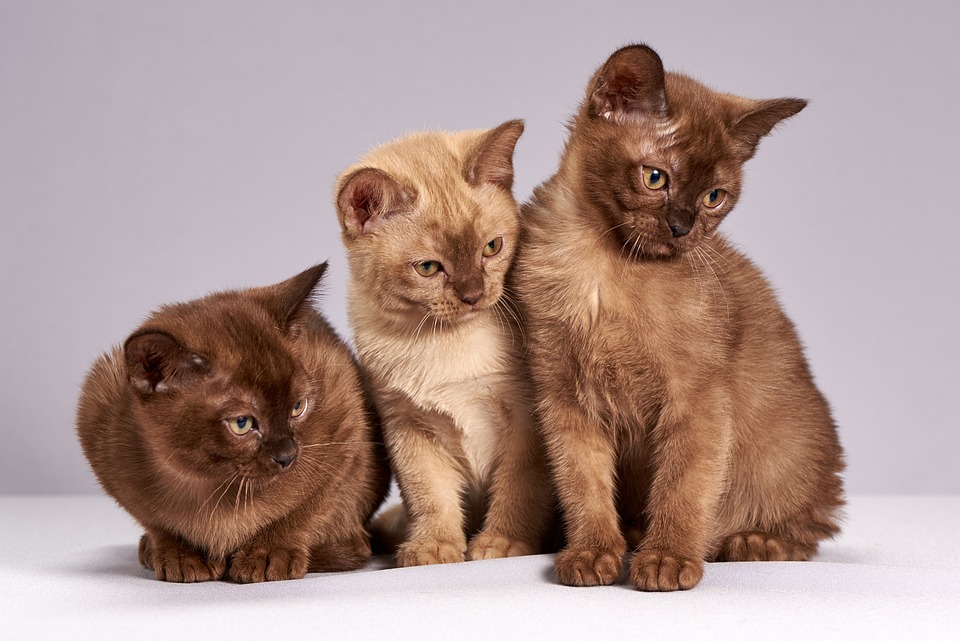Understanding Excessive Grooming of Soft Fabrics in Cats: A Comprehensive Guide
Introduction:
Cats are known for their meticulous grooming habits, spending hours each day cleaning their fur. But what happens when this behavior becomes excessive, particularly when it comes to soft fabrics? In this comprehensive guide, we will explore the reasons behind a cat’s excessive grooming of soft fabrics and provide strategies to address and manage this behavior.
Excessive Grooming of Soft Fabrics:
Excessive grooming refers to grooming behavior that goes beyond regular self-maintenance and becomes compulsive. Cats may groom soft fabrics excessively due to various reasons, including a preference for the texture, comfort, or scent of the fabric. Common soft fabrics that cats tend to groom excessively include blankets, pillows, bedding, and even clothing left lying around the house. However, excessive grooming of soft fabrics can pose potential risks to a cat’s health and well-being.
Causes of Excessive Grooming:
Several factors can contribute to a cat’s excessive grooming of soft fabrics. These include stress and anxiety, boredom and lack of mental stimulation, allergic reactions and skin irritations, medical conditions and pain, and environmental factors such as changes in the household or routine.
Signs and Symptoms of Excessive Grooming:
Recognizing the signs and symptoms of excessive grooming is crucial in identifying and addressing the issue. Constant licking, chewing, or nibbling of soft fabrics, resulting in hair loss, bald patches, or skin irritations are common signs. Changes in behavior or mood, obsessive grooming routines, and a negative impact on the cat’s overall health and well-being may also be observed.
Understanding and Addressing Underlying Issues:
To effectively address excessive grooming of soft fabrics, it is essential to understand and address the underlying issues. Creating a stimulating and enriching environment for your cat, identifying and reducing stress triggers, regular veterinary check-ups to rule out medical conditions, providing appropriate outlets for grooming behavior, and ensuring a balanced diet and grooming routine are some strategies to consider.
Preventive Measures and Management Strategies:
Prevention is always better than cure when it comes to excessive grooming. Offering alternative outlets for grooming, introducing interactive toys and puzzles, providing scratching posts and cat trees, ensuring regular playtime and exercise, and maintaining a calm and stress-free environment are preventive measures and management strategies that can help redirect a cat’s excessive grooming behavior.
FAQs (Frequently Asked Questions):
1. Can excessive grooming of soft fabrics be harmful to my cat’s health?
Yes, excessive grooming can lead to various health issues, including skin irritations, hair loss, and the ingestion of fabric fibers, which can cause intestinal blockages.
2. How can I differentiate between normal grooming and excessive grooming?
Excessive grooming goes beyond regular self-maintenance and becomes compulsive. Signs include constant licking, chewing, or nibbling of soft fabrics, resulting in hair loss or skin irritations.
3. Should I be concerned if my cat only grooms specific soft fabrics excessively?
Yes, it is essential to address excessive grooming of any soft fabric, as it may indicate underlying issues such as stress, anxiety, or allergies.
4. Can excessive grooming of soft fabrics be a sign of a medical condition?
Yes, excessive grooming can sometimes be a symptom of underlying medical conditions such as allergies, skin infections, or hormonal imbalances. It is important to consult a veterinarian to rule out any medical causes.
5. How can I prevent my cat from excessively grooming soft fabrics?
Creating a stimulating and stress-free environment, providing appropriate outlets for grooming, and ensuring regular playtime and exercise can help prevent excessive grooming behavior.
Conclusion:
Understanding the reasons behind a cat’s excessive grooming of soft fabrics is crucial in ensuring their overall well-being. By addressing underlying issues, providing appropriate outlets for grooming, and maintaining a stimulating environment, cat owners can help their feline companions lead happier and healthier lives. Remember, if you suspect any medical causes or your cat’s behavior worsens, consult a veterinarian for professional guidance.








